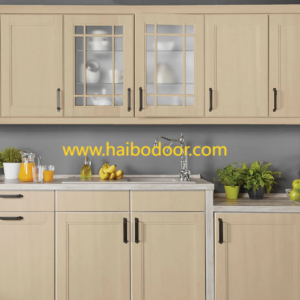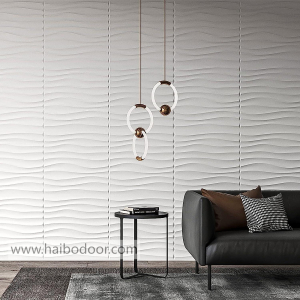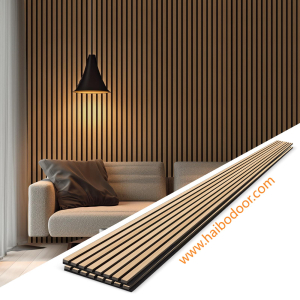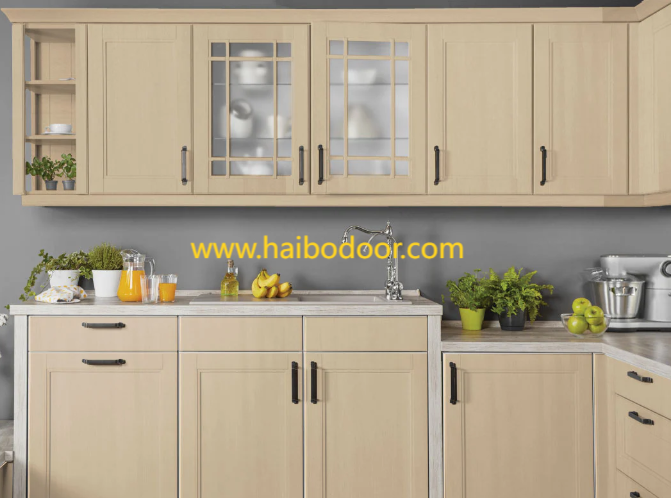Cabinets are among the most frequently used fixtures in any home. Whether they’re in the kitchen, bathroom, or hallway, their longevity depends on how well they’re maintained. Based on practical insights from a trusted Cabinet Factory , here’s a complete guide on how to take care of your cabinets without turning it into a chore.
What’s the Right Way to Clean Cabinets Every Week?
Cabinet surfaces collect dust, cooking grease, and fingerprints. The best way to keep them clean is a simple routine—wipe down with a soft, slightly damp cloth and a mild soap solution. For kitchen cabinets exposed to oil or smoke, you can add a bit of vinegar to help cut through the residue.
Always dry surfaces immediately to avoid moisture seepage, especially around hinges or at the bottom where water tends to settle. Avoid abrasive sponges, as they can damage painted or laminated finishes.
How to Deal with Stains or Sticky Spots?
Sticky patches often appear near handles or drawer pulls. Use a mixture of warm water and baking soda for stubborn grime, applying it gently with a microfiber cloth. For wooden finishes, steer clear of strong chemical cleaners that can strip the protective coating. Instead, try natural cleaners or those labeled safe for wood.
For laminated or WPC cabinets, avoid prolonged exposure to water. Even if they’re moisture-resistant, standing water at the base or within the corners can eventually lead to peeling or swelling.
Are Cabinet Hinges and Tracks Maintenance-Free?
Not entirely. Over time, hinges may loosen and drawer tracks can collect debris. Every couple of months, check for loose screws or uneven alignment. A quick tightening or adjustment can keep doors closing smoothly and prevent long-term wear.
If hinges start to squeak, a small drop of silicone-based lubricant can restore silence. Avoid oil-based products as they may attract dust or stain the interior.
How Can You Protect Cabinets from Scratches and Heat Damage?
Cabinet surfaces, especially in kitchens, can suffer from daily wear. Use heat shields or mats under electric appliances, and avoid placing hot pots or pans directly against cabinet doors. In bathrooms, try to reduce direct steam exposure by ventilating the space properly.
To protect against scratches, install soft bumpers or felt pads inside doors and drawers, especially for units that house metal tools or cookware.
What About Seasonal Changes—Do They Affect Cabinets?
Yes, particularly with natural wood cabinets. Humidity and temperature fluctuations can cause swelling or slight warping. Try to maintain indoor humidity between 40–60% to prevent structural stress.
Cabinets near windows, stoves, or heaters may show wear more quickly. A little preventive care—like using window shades or placing heat deflectors—goes a long way.
Keeping your cabinets clean, aligned, and protected ensures they remain useful and beautiful for years. Whether you're maintaining modern laminate styles or classic woodgrain finishes, small efforts today will save major repairs tomorrow. To explore more design-friendly, low-maintenance options, visit https://www.haibodoor.com/product/ for inspiration and reliable solutions.






